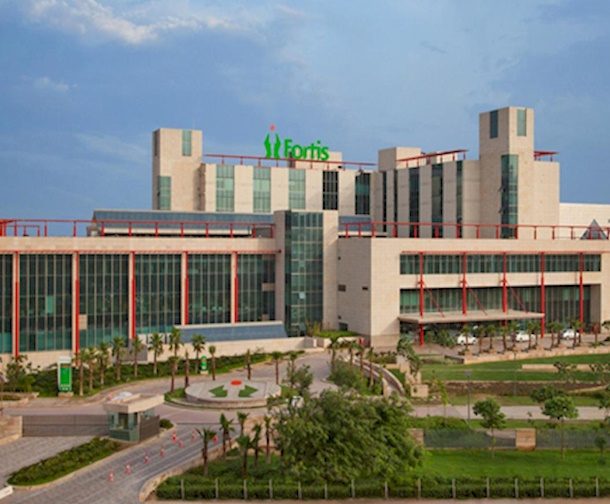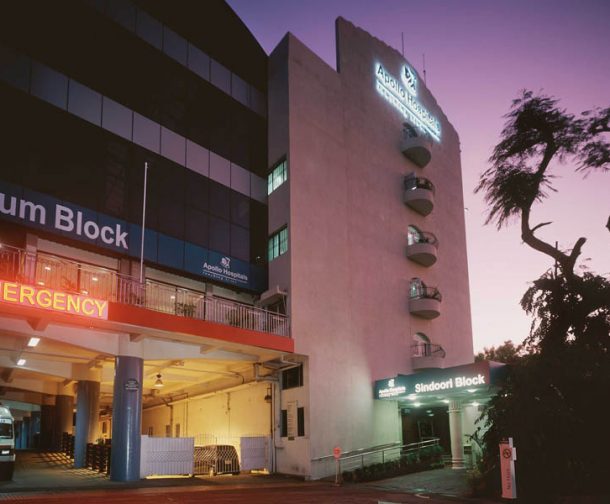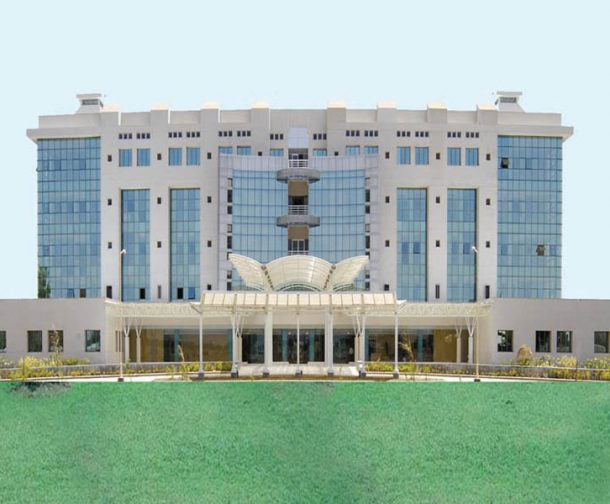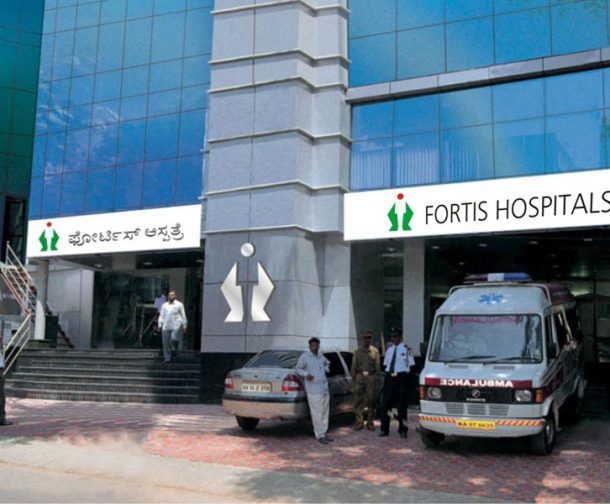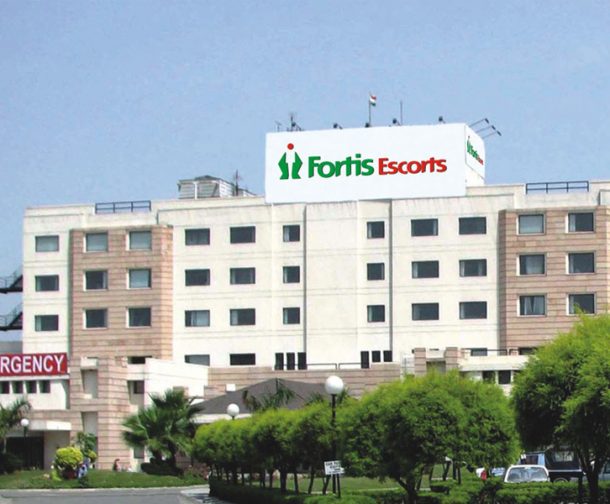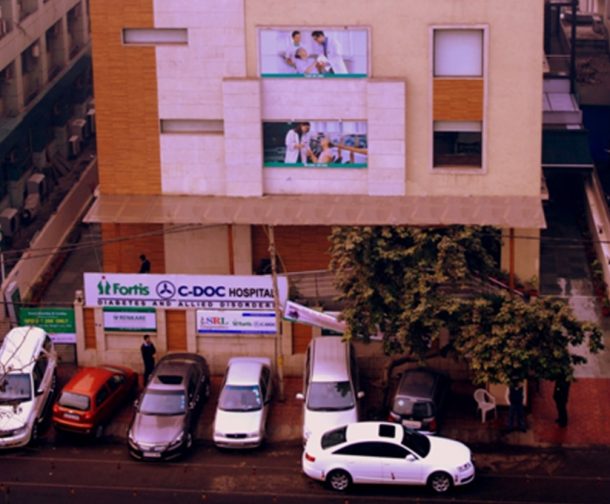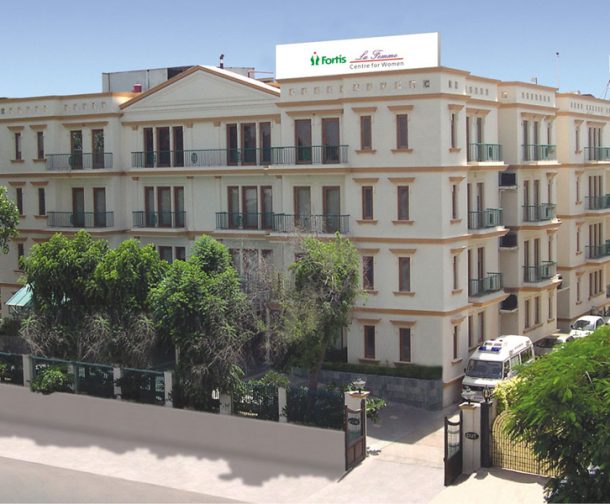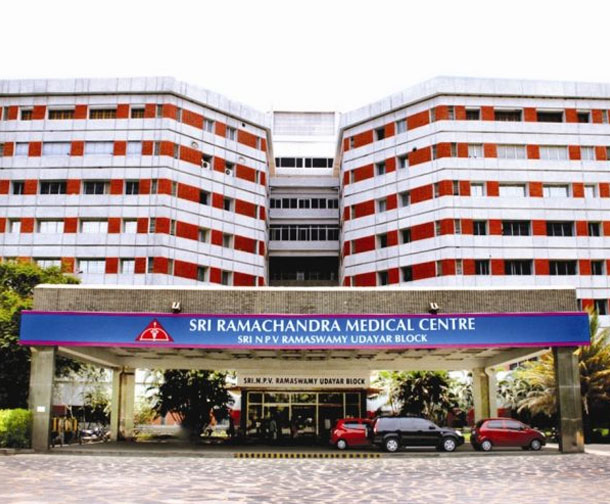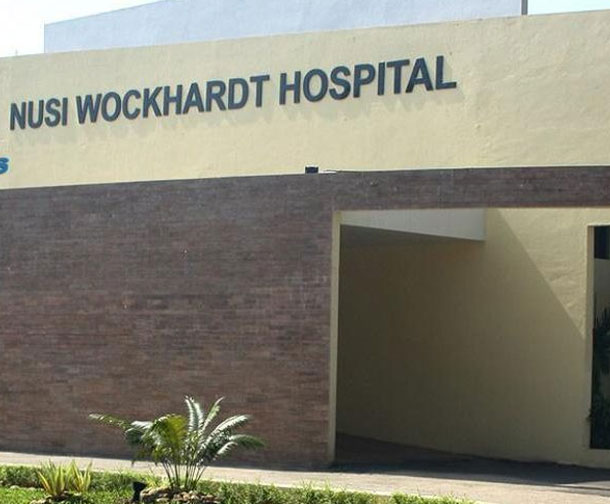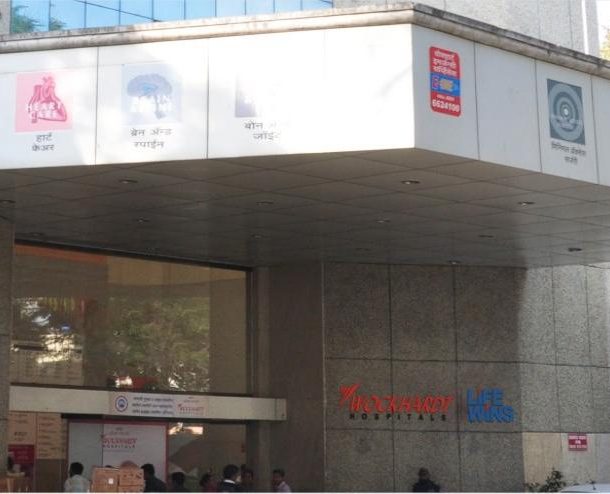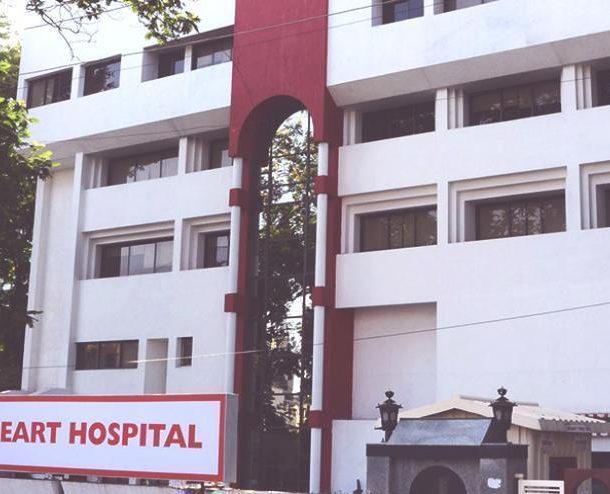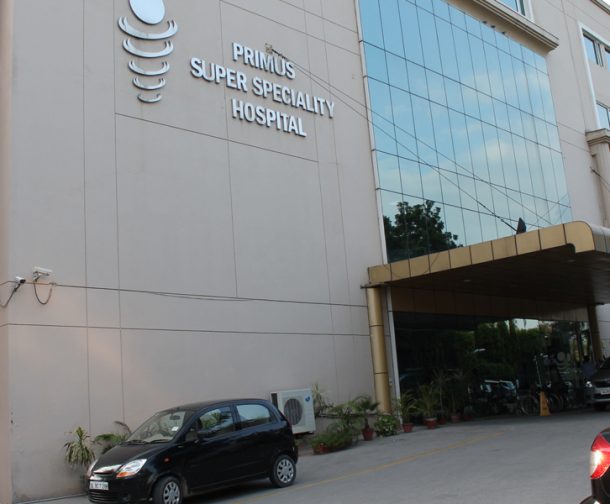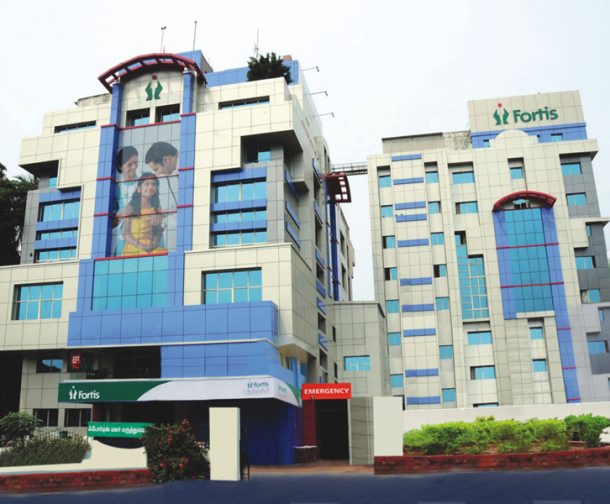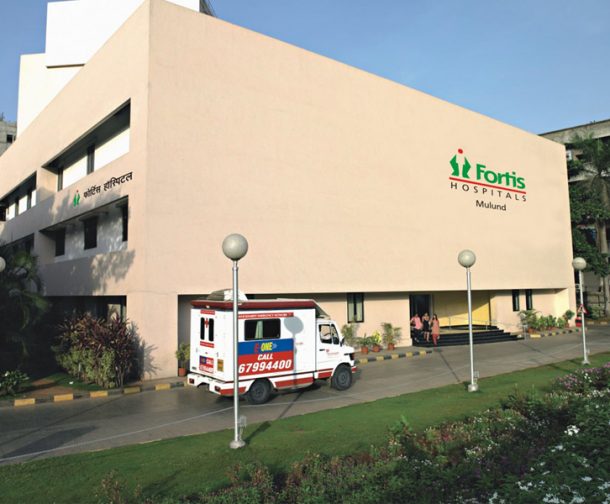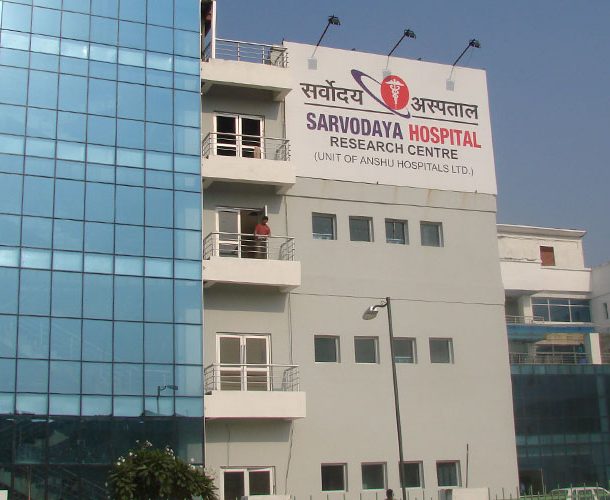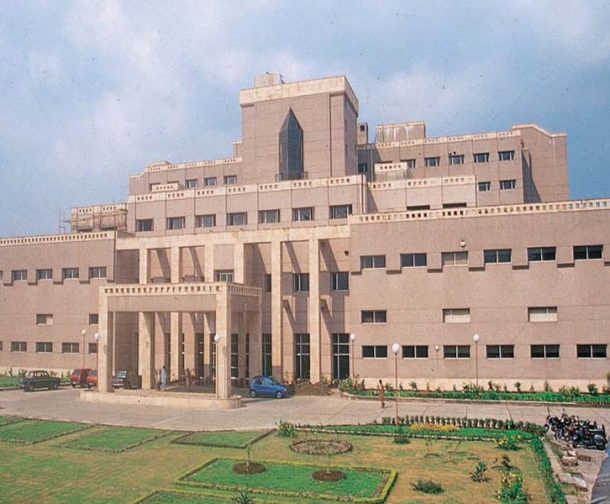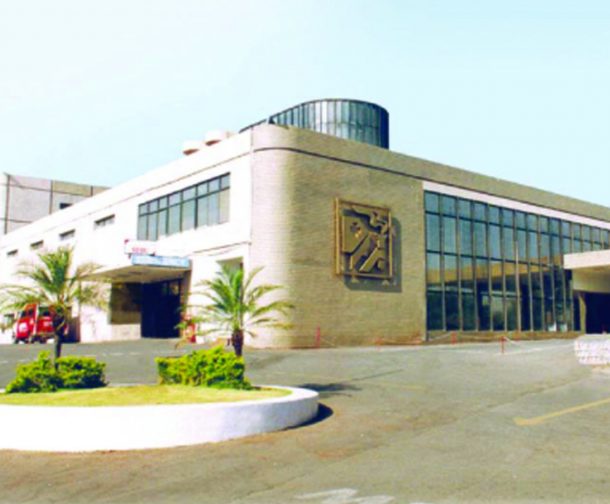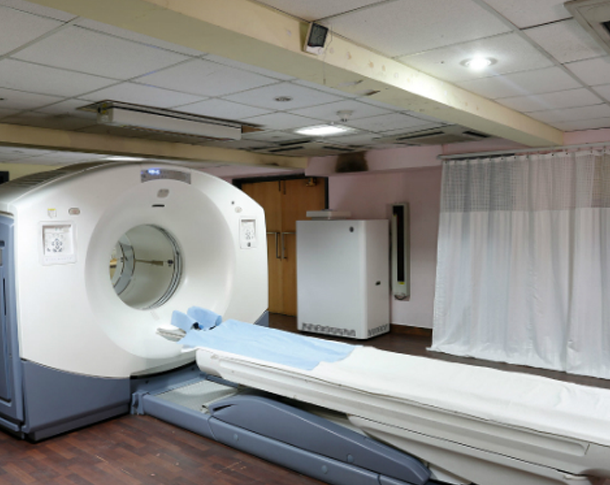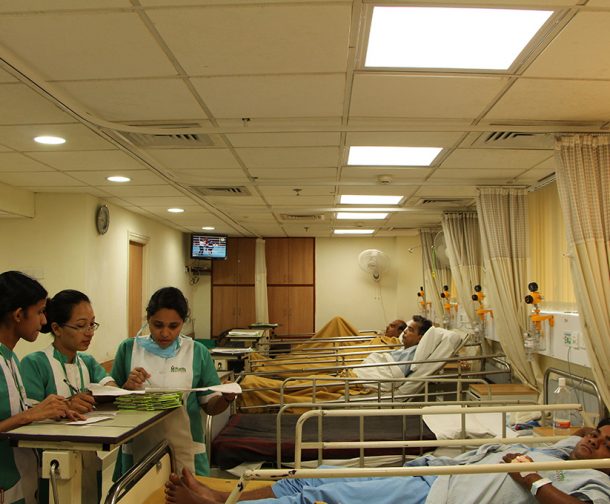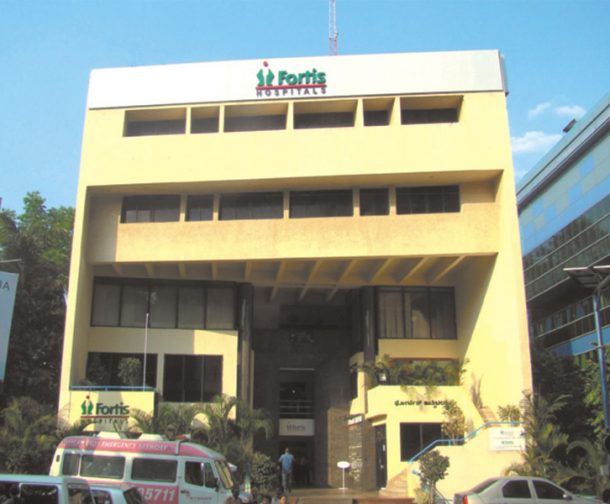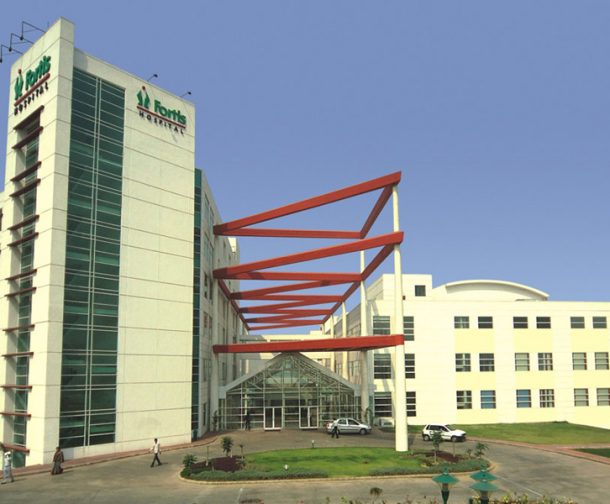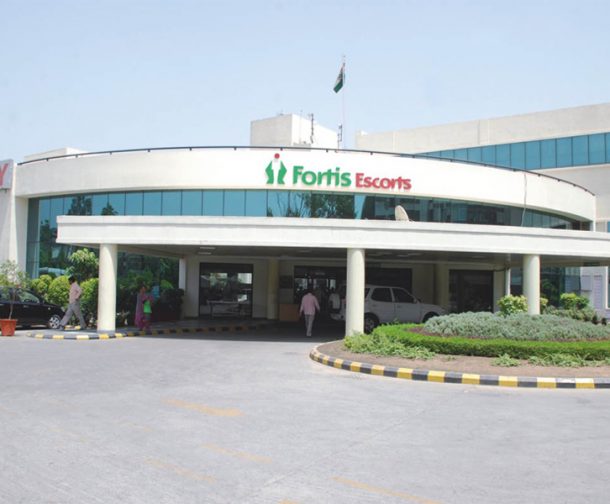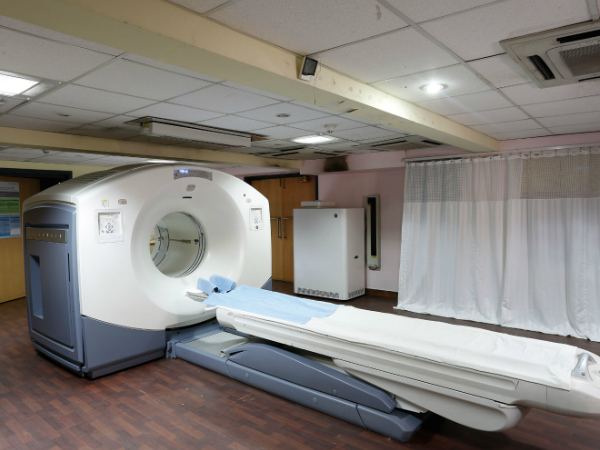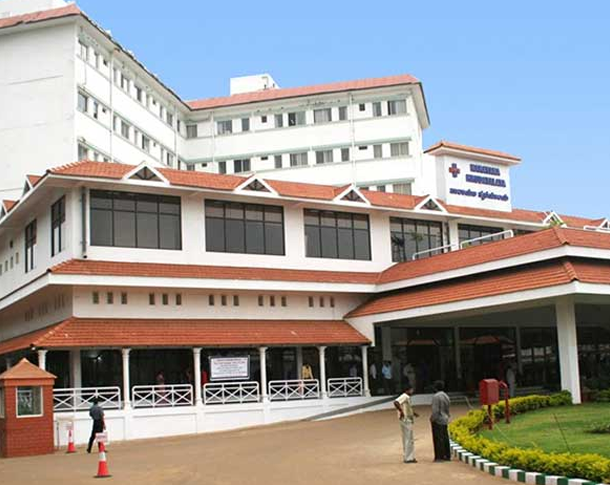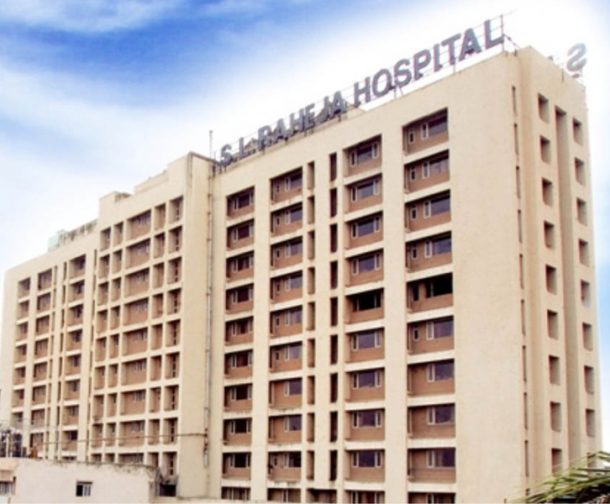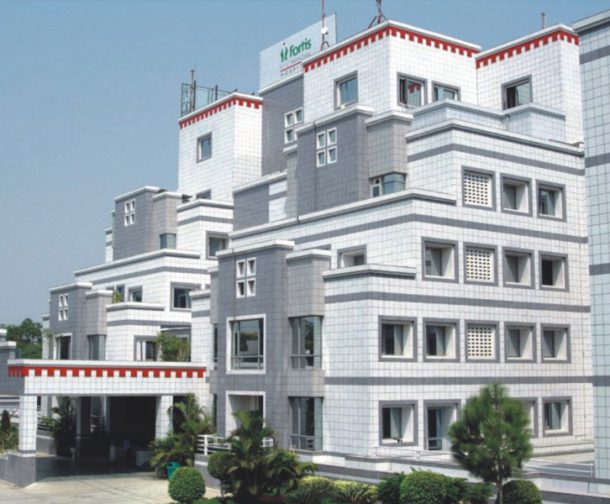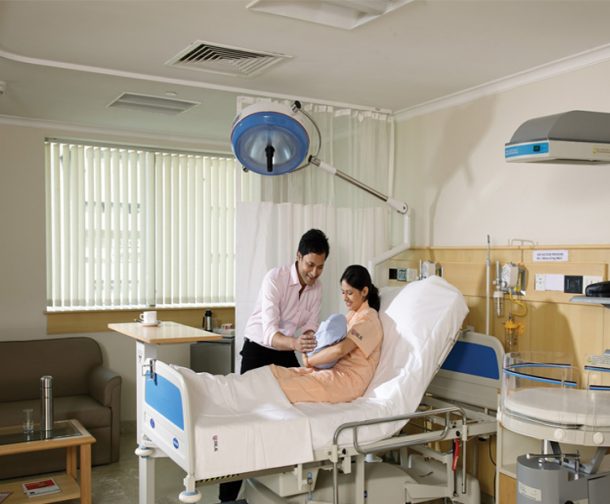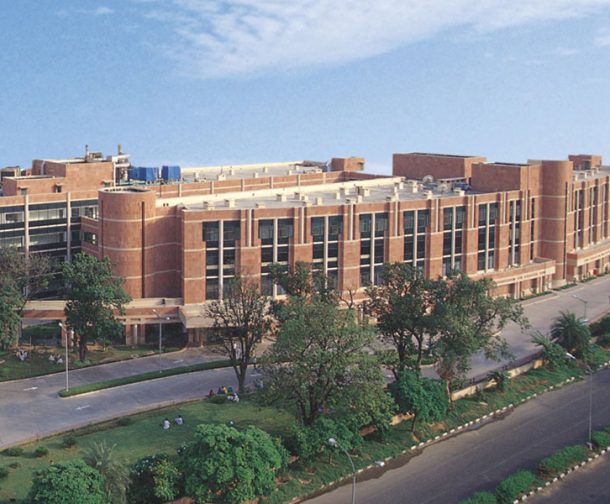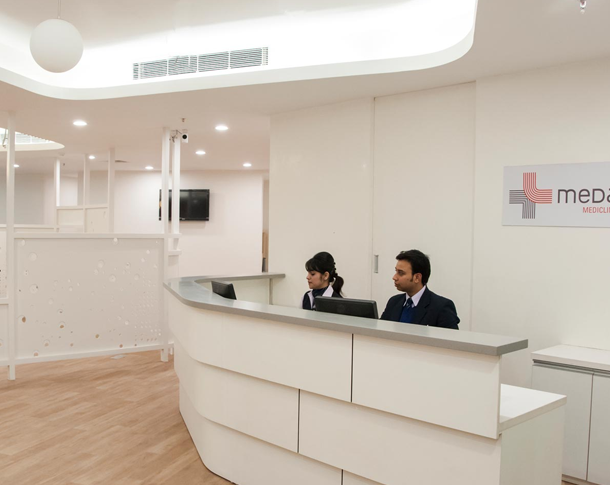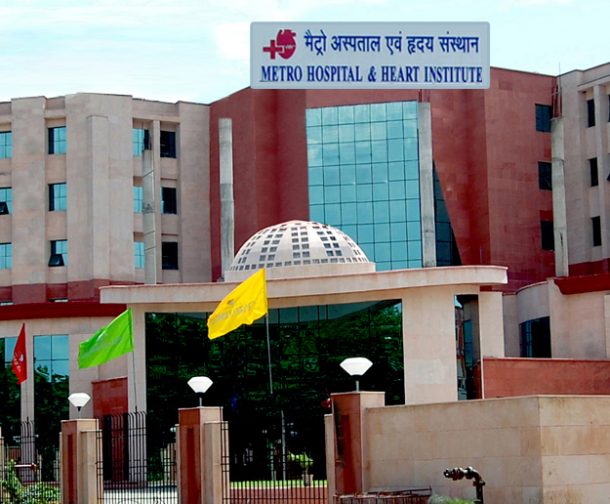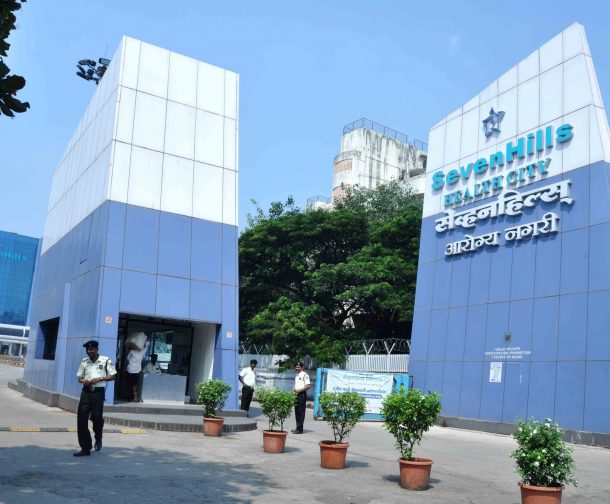
Interventional Radiology
Interventional radiology uses minimally invasive, image-guided procedures to treat and diagnose diseases in any system of the body. The range of diseases and the organs amenable to image-guided procedures mainly involve gastrointestinal, vascular, hepatobiliary, pulmonary, genitourinary, and the central nervous system. The therapeutic interventional radiology procedures include fallopian tube recanalization, thrombolysis, percutaneous angioplasty, percutaneous gastronomy and nephrostomy, laser ablation, embolization, endovascular embolisation, pain relief techniques, carotid scan, aortic scan, and peripheral arterial doppler scan.
India is considered as one of the global Medical Tourism hubs. Most of the people from other countries prefer India as the destination for healthcare requirements. The hospitals in India offer a broad range of interventional radiology procedures at affordable costs with qualitative care. The interventional radiological procedures in India are most likely lower than in other countries. For example, the cost of angioplasty in India is about $6000, where as in Great Britain the cost may reach up to $25,000.
Procedures of Interventional Radiology
Carotid Stenting Grade 3
Carotid stenting is indicated for the patients with severe carotid artery stenosis. It is an endovascular surgery that involves insertion of a stent in the lumen of the narrowed carotid artery.
Cerebral Aneurysm Coil Embolisation
Coil embolisation is used to treat an aneurysm. It is a minimally-invasive procedure that involves deposition of soft platinum coils in the aneurysm through a microcatheter. The procedure prevents rupturing and bleeding of the aneurysm.
Chemoembolization
This procedure is used to treat different types of cancers. During chemoembolization, anti-cancer drugs are injected into the blood vessel directly that supplies blood to the cancer cell.
Cyber Knife
This is a noninvasive procedure used to treat both cancerous and noncancerous tumors anywhere in the body. It delivers high-dose radiation to the tumors and destroys them.
Liberation Treatment (no stent)
Liberation therapy is mostly indicated for the patients with multiple sclerosis. The liberation treatment involves expanding the narrowed and abnormal veins with a balloon-like device and this increases the blood flow and reduces the appearance of the lesions.
Liberation Treatment (with 1 Stent)
The liberation treatment is often accompanied by stenting. The number of stents to be placed in the blood vessels depends on the number and extent of blockages.
Peripheral Angioplasty
This procedure is used to treat peripheral artery disease. Angioplasty is a minimally invasive surgical procedure that involves inserting a thin, flexible tube through the artery and guided to the area where there is blockage or obstruction.
Renal Angiography
Renal angiogram is an imaging test that provides a detailed view of blood vessels in the kidneys. The procedure involves injecting a contrast dye into the artery through a catheter and then X-rays were taken to view the blood flow in the arteries.
Renal Angioplasty
The renal angioplasty is a procedure used to widen the blocked arteries that supply blood to the kidneys.
TIPSS grade 2
Transjugular intrahepatic portosystemic shunt (TIPSS) is a procedure that involves placing shunt between the portal and the hepatic veins. This procedure is used in severe liver diseases.
Uterine Fibroid Embolization
The procedure is indicated for the patients with uterine fibroids. It involves blocking the blood flow to the fibroids in the uterus by purposely introducing emboli.
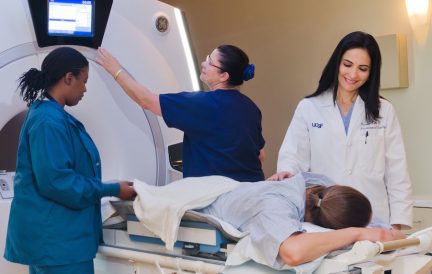
Imaging Modalities Used in Interventional Radiology
Interventional radiology (IR) is a sub-specialty of radiology and involves minimally invasive mode of diagnosis and treatment. The aim is to use a minimally invasive technique so that the risk is minimal and the patient outcomes are better.
Many conventional surgeries are now obsolete and have been replaced by minimally invasive techniques, all with the help of interventional radiology. The common imaging modalities used in interventional radiology are:
- Fluoroscopy - It uses ionizing radiation. The technique is fast and provides geometrically accurate images.
- Computed tomography (CT) - CT scans are widely used in diagnosis and treatment. This technique also uses ionizing radiation.
- Ultrasound (US) - It is used to guide needles during vascular access and drainage procedures.
- Magnetic resonance imaging (MRI) – It provides a better tissue contrast, but is expensive and requires expertise in handling.
- Traditional (plain) radiography

